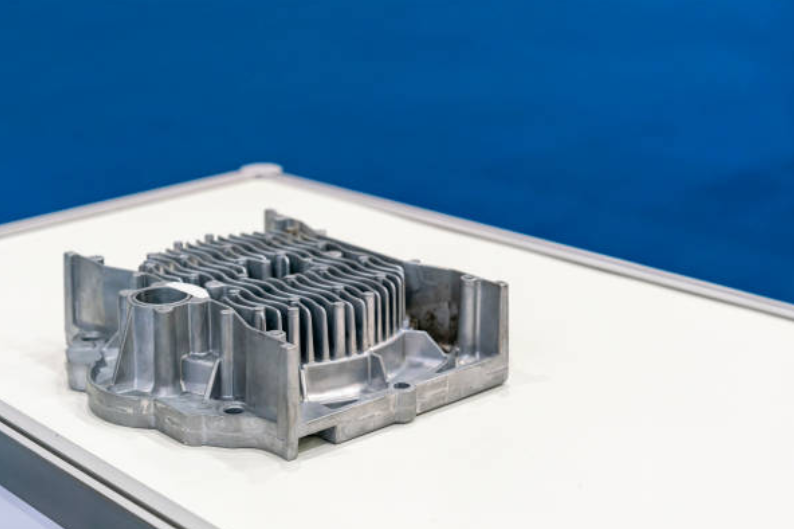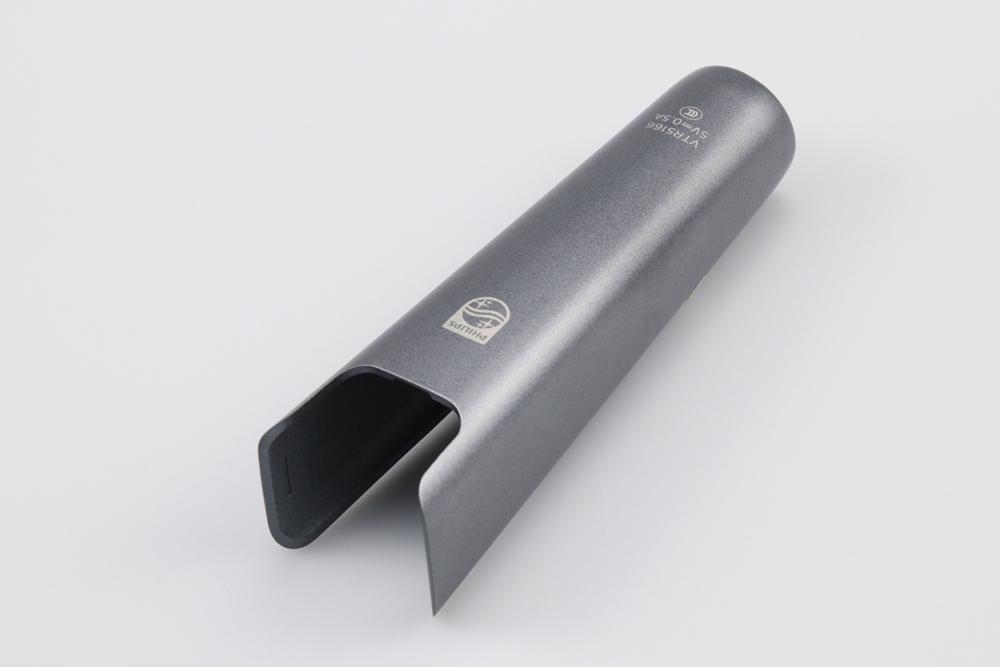How can manufacturers ensure consistency in the surface quality of aluminum die-casting?
Precision Control from Material Selection to Casting
Consistency in surface quality starts with selecting the right alloy and maintaining controlled casting parameters. Common alloys such as A380, A356, and 383 (ADC12) are known for their excellent castability and smooth finish. At Neway Precision Casting, precise temperature control, optimized mold design, and real-time monitoring ensure uniform metal flow and solidification, minimizing porosity and surface blemishes.
Mold Design and Process Optimization
High-quality aluminum die casting depends heavily on the precision of mold fabrication. Manufacturers often use CNC machining prototyping to validate mold accuracy and surface geometry before production. Proper venting, gate placement, and shot speed optimization prevent air entrapment and surface turbulence, resulting in a consistent finish across multiple production cycles.
Surface Preparation and Finishing Techniques
Post-processing is crucial for achieving desired texture and gloss uniformity. Techniques like sandblasting and polishing remove micro-defects and enhance reflectivity. For higher durability and corrosion protection, finishing methods such as anodizing or powder coating are applied. These not only unify the surface appearance but also improve wear and oxidation resistance.
Quality Control and Inspection Systems
To maintain surface consistency, advanced non-destructive testing methods and precision measurement systems are implemented. Technologies such as digital microscopy, surface profilometry, and 3D scanning ensure that each part meets defined roughness and gloss parameters. The heat treatment process is also closely managed to stabilize microstructure and prevent post-casting deformation.
Integration of Continuous Improvement Systems
Applying a custom parts manufacturing framework based on PDCA or Six Sigma principles allows manufacturers to continuously optimize production variables. Feedback from automotive and aerospace projects helps refine best practices, ensuring every batch of die-cast aluminum components achieves consistent, high-quality surfaces suitable for both functional and aesthetic requirements.



